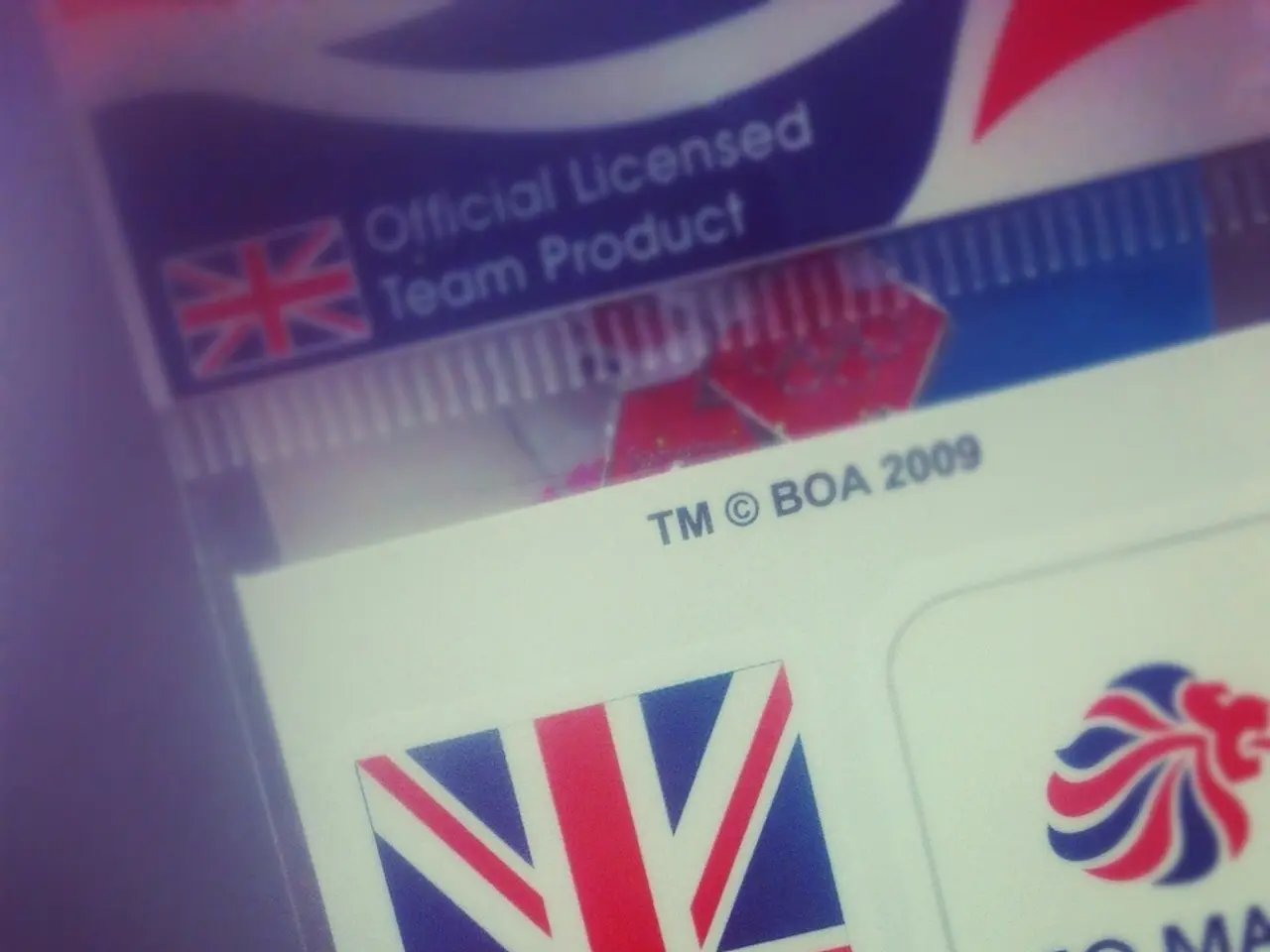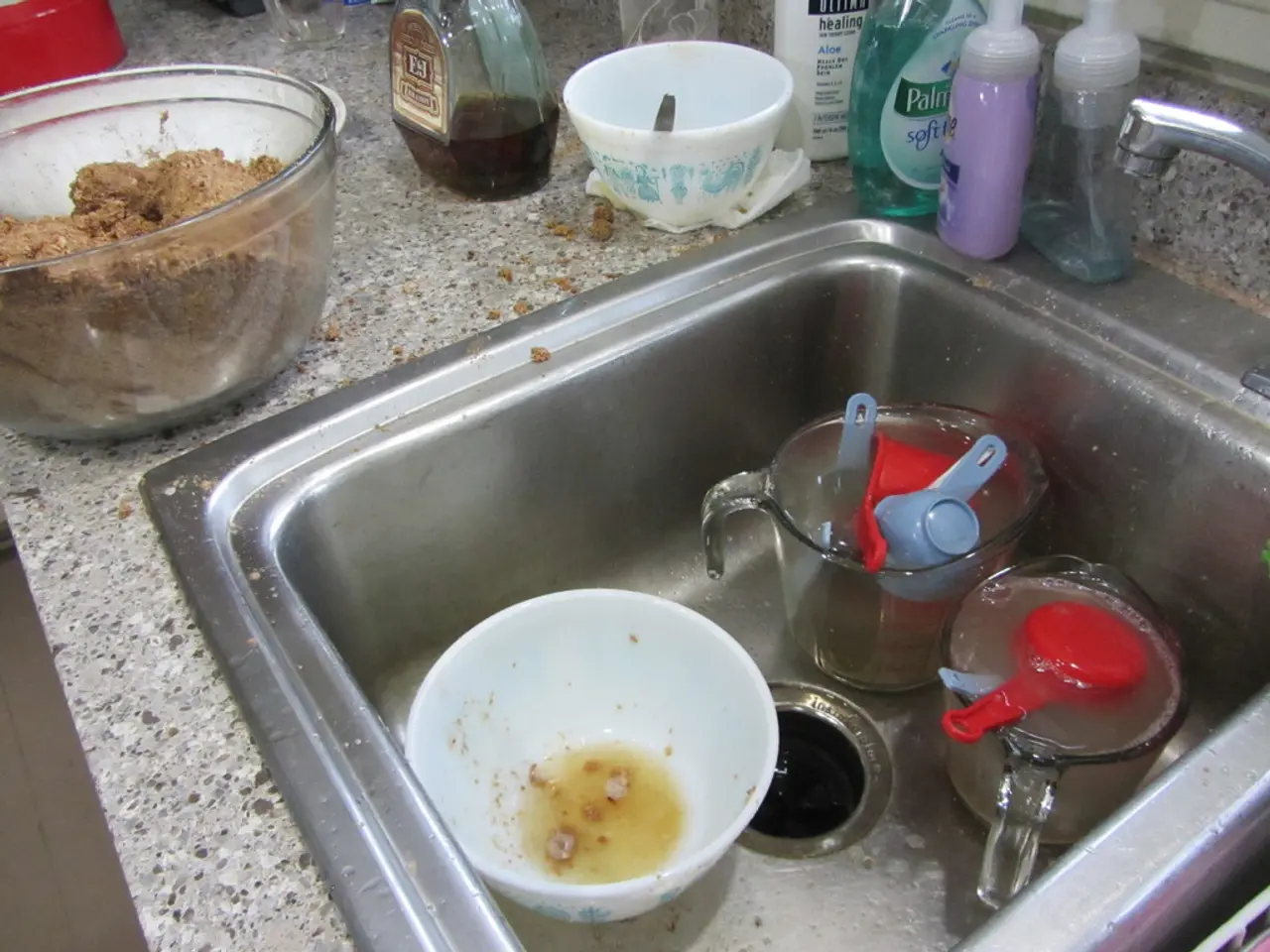Four dental implants utilized to restore a complete bite with the All-on-4 technique
All-on-4 Dental Implants Offer Efficient and Stable Solution for Full-Arch Restoration
The All-on-4 dental implant method is a popular choice for those in need of full-arch restoration, offering several distinct benefits over traditional single implants or dentures.
Benefits of All-on-4 dental implants:
- Fewer implants needed: Only four implants per arch are required to support a full set of prosthetic teeth, reducing the invasiveness of surgery compared to placing multiple single implants.
- Minimally invasive surgery and faster recovery: The procedure is less invasive and allows for quicker treatment and healing times. Patients can receive temporary teeth immediately after implantation.
- Immediate function: The implants are longer and angled strategically in the jaw to enable same-day placement of a load-bearing denture, avoiding the long waiting periods required for bone healing with single implants.
- Bone preservation: Unlike traditional dentures, All-on-4 implants stimulate the jawbone similarly to natural tooth roots, reducing bone loss and maintaining facial structure.
- Better stability and functionality: All-on-4 implants provide firm bite strength and stable dentures, allowing patients to eat a wider variety of foods comfortably and speak without denture slippage.
- Cost-effective compared to multiple single implants: As fewer implants are used and the procedure is faster, the overall cost can be less than placing multiple individual implants.
Drawbacks of All-on-4 dental implants:
- Not suitable for everyone: Adequate bone density and oral health are necessary to support the implants without extensive additional procedures like bone grafting. Some medical conditions may contraindicate the surgery.
- Surgical risks and recovery: While less invasive than multiple implants, All-on-4 still requires surgery, which involves risks of complications, infection, and recovery time that some patients may wish to avoid.
- Higher upfront cost than dentures: Although cost-effective compared to single implants, All-on-4 implants are more expensive than traditional removable dentures, which may be a key consideration for budget-conscious patients.
- Less ideal for single tooth replacement: The method is designed for full-arch restoration and is not appropriate for replacing just one or a few missing teeth, where single implants or bridges may be preferable.
Comparison summary:
| Aspect | All-on-4 Implants | Single Implants | Traditional Dentures | |----------------------------|-------------------------------------------|-----------------------------------|----------------------------------| | Number of implants | 4 per arch | 1 per missing tooth | None (removable prosthetic) | | Surgical invasiveness | Minimally invasive surgery | More surgeries if multiple implants| None (non-surgical) | | Healing time | Same-day temporary teeth, faster recovery | Longer waiting between stages | Immediate use | | Bone preservation | Preserves jawbone | Preserves bone at implant site | Doesn’t preserve bone, possible bone loss | | Stability and functionality | High stability, firm bite | Highly stable per tooth | Less stable, can slip | | Cost | Moderate, cost-effective for full arch | Expensive if multiple implants | Low upfront cost | | Suitability | Best for full arch, some bone loss cases | Best for single/multiple teeth missing| Best for those avoiding surgery or budget-limited |
In summary, the All-on-4 approach is an efficient, stable, and bone-preserving method ideal for patients needing full-arch restoration with moderate bone loss and seeking faster recovery. However, it requires surgery, sufficient bone quality, and has higher costs than dentures, making it less suitable for everyone or for single tooth replacement.
The suitability of the All-on-4-implant treatment depends on the individual case, and it may be possible even for patients who have only lost some teeth. The long waiting time for the knitting of the jawbone is omitted, and the patient leaves the practice after a few hours of treatment, followed by a few follow-up controls a few days later. A fixed cost agreement should be made with the practitioner beforehand to understand the financial implications. The cost of the "All-on-4-provision" can vary depending on the condition of the bone and the implants to be set.
Titanium, a widely used material in dental implants, is known for its biocompatibility, allowing the jawbone to attach to its surface quickly. However, its biocompatibility also makes it susceptible to the accumulation of unwanted bacteria, which can compromise the implant. Ceramic materials are primarily used in implant prosthetics, such as abutments in aesthetically demanding regions.
Personal financial burden can be reduced by subsidies from statutory health insurance companies. In most cases, one implant is placed per jaw, with the rear implants set at a 30-degree angle for a secure hold. The actual intervention can be performed under local anesthesia, sedation, or general anesthesia. Excellent oral hygiene is a prerequisite for using titanium in dental implants.
- Patients searching for employment in the health-and-wellness sector might find it beneficial to familiarize themselves with modern dental technologies, such as the All-on-4 dental implants, as understanding the procedure's benefits, suitability, and drawbacks can help in delivering superior oral healthcare services.
- Since All-on-4 implants are increasingly being used in full-arch restoration, science-oriented professionals within the field may identify opportunities in scientific research to study the long-term effects of these implants on bone preservation, stability, and functionality, and develop breakthroughs to further improve dental implant technology.




